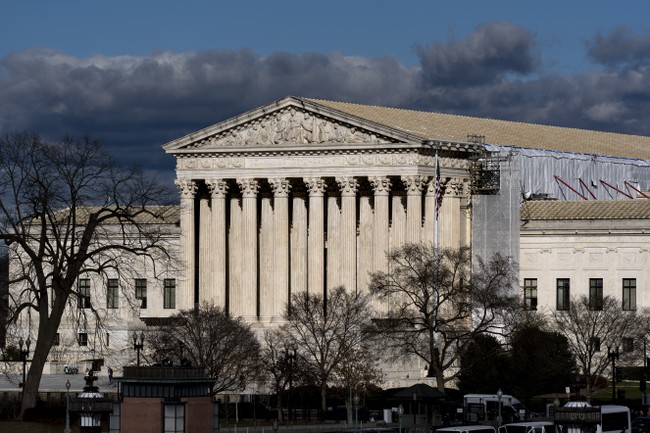
On Monday, the Supreme Court issued its decision in the consolidated matters of NetChoice v. Paxton (Texas) and Moody v. NetChoice (Florida). Both cases impact how we can engage on the internet and what social media platforms can and cannot do to suppress the speech of users.
In a 9-0 ruling that largely chastises the lower courts for employing the wrong analysis and basically failing to do their jobs, Justice Elena Kagan wrote:
Today, we vacate both decisions for reasons separate from the First Amendment merits, because neither Court of Appeals properly considered the facial nature of NetChoice’s challenge. The courts mainly addressed what the parties had focused on. And the parties mainly argued these cases as if the laws applied only to the curated feeds offered by the largest and most paradigmatic social-media platforms—as if, say, each case presented an as-applied challenge brought by Facebook protesting its loss of control over the content of its News Feed. But argument in this Court revealed that the laws might apply to, and differently affect, other kinds of websites and apps. In a facial challenge, that could well matter, even when the challenge is brought under the First Amendment. As explained below, the question in such a case is whether a law’s unconstitutional applications are substantial compared to its constitutional ones. To make that judgment, a court must determine a law’s full set of applications, evaluate which are constitutional and which are not, and compare the one tothe other. Neither court performed that necessary inquiry.
…
In sum, there is much work to do below on both these cases, given the facial nature of NetChoice’s challenges. But that work must be done consistent with the First Amendment, which does not go on leave when social media are involved.
As background, Florida and Texas passed laws that are in substance similar – in that Texas and Florida sought to regulate what social media companies could moderate (aka restrict, remove, or delete).
The Texas law was challenged by “NetChoice” which won an injunction. However the injunction was vacated by the Fifth Circuit. The injunction of Florida’s law was upheld in part and vacated in part. The cases were consolidated with the Supreme Court granting certiorari.
Unsurprisingly, the left’s favorite “legal journalist,” Ian Millhiser, completely misrepresented what the cases were about. No one (other than Millhiser) was claiming online content is the same as newspapers.
In any event, once certiorari was granted and oral arguments set, 80 parties filed amicus briefs. That is an extraordinary number of “friend of the court” briefs with a significant amount of disparate arguments. At the end of February, the court heard oral arguments in the case.
There were a number of takeaways from the oral arguments, not the least of which was NetChoice’s counsel proffering an absurd claim. Paul Clement, lead counsel for NetChoice, claimed broadly that the internet should be viewed in the same light it was in 1997, referencing Reno v. ACLU. That is much like comparing a horse and buggy to a Formula One car. When Clement was asked if his clients had a right to create addictive content, he claimed that that doesn’t happen. In fact, it does happen. Facebook engineers have admitted as much.
Representing disparate interests and types of speech was a problem for NetChoice’s counsel. How does one represent Etsy, which might want to curate product speech, as opposed to YouTube, which seeks to suppress speech that it doesn’t “like”?
NetChoice often argued out of both sides of their mouth when Section 230 protections were in play. During back and forth with NetChoice counsel, Justice Gorsuch observed that NetChoice’s argument was, conveniently, both sides of the coin:
“So it’s speech for the purposes of the First Amendment, your speech, your editorial control, but when we get to Section 230, your submission is that that isn’t your speech?
So now, the cases head back to the lower courts, who’ve been tasked with doing their homework and using the proper framework to analyze the issues. Further reporting and analysis will follow.
